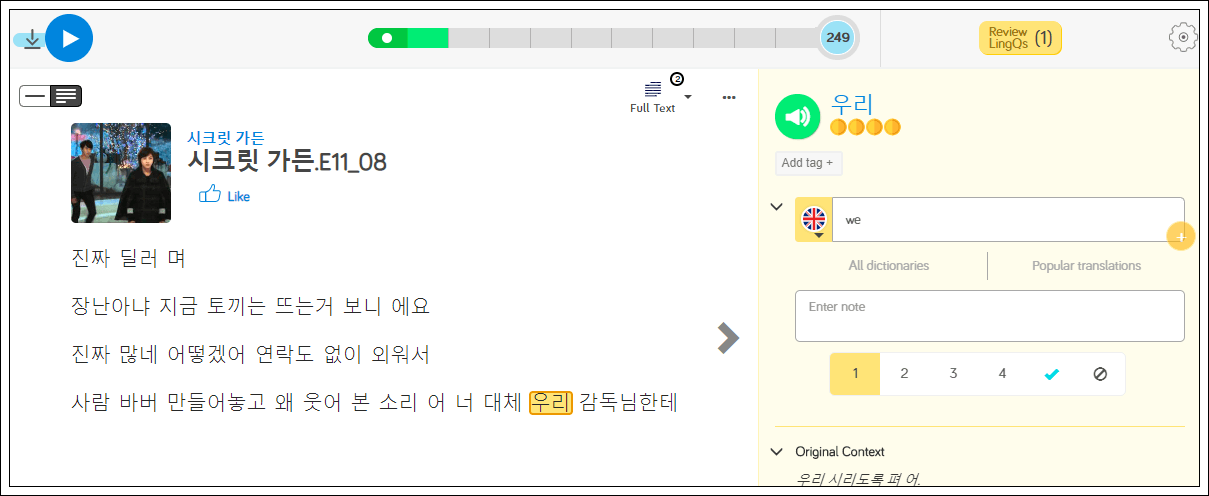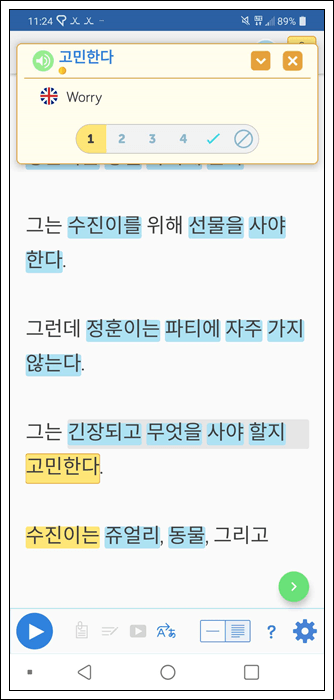A Look at Korean Particles
You may have been focusing on vocabulary, verbs and adjectives as you learn Korean. While these are essential parts of the language, if you want to move on to the next level and sound like a native speaker, you will have to master the Korean particles.
Korean particles are part of the grammar syntax and vary depending whether or not you are indicating a subject or an object in the sentence, possessive or directive. These particles can influence the meaning of the sentence but they cannot be used on their own as they are only additives to subjects or objects. I will introduce 7 basic Korean particles in today’s post but keep in mind, this isn’t the full list.

Heads up, 받침 is something you should know
Before I get started, I want to remind you about an important part of Korean grammar that affects the particle system, which is 받침 [Baat-chim]. 받침 is “the final consonant (or consonant cluster) at the end of a Korean syllable”.
The 받침 is written at the bottom/final position. Particles and conjugation rules will often depend on if there is a 받침 or not. (Source: Korean Wiki Project) In the following sentence, 받침 is highlighted in red. Keep the presence of 받침 in mind as you head into this particle lesson.
7 types of Korean particles
는 / 은
는/은 is a particle that follows a subject in a sentence, usually when the sentence is describing the subject. 는 follows a subject without 받침, and 은 follows a subject with 받침.
Example:
저는 캐나다에서 왔어요 [Juh-nun Canada-eh-suh wat-suh-yo] I am from Canada
당신은 매우 아름다우시군요 [Dang-shin-un meh-ooh ah-rum-da-woo-shi-goon-yo] You are very beautiful
를 / 을
를/을 is a particle that is added to the object of a sentence, usually following an active verb (versus a passive verb). 를 follows an object without 받침, and 을 follows an object with 받침.
Example:
배고파서 과자를 먹었다 [Bae-go-pah-suh gua-ja-rul muk-ut-dah] I ate some snacks because I was hungry.
오랜만에 운동을 했다 [O-ren-maan-eh woon-dong-ul het-dah] I worked out for the first time in a while
와 / 과 / 랑 / 이랑
과/와/랑/이랑 are equivalent to ‘with’ or ‘and’ in English; they indicate what/who was accompanied in an activity. 와/과 are formal expressions, and 랑/이랑 are informal expressions. 와/랑 follows the word without 받침, and 과/이랑 follows the word with 받침.
Example:
정부와 사회가 함께 새 프로젝트를 성공으로 이끌어냈다 [Jung-boo-wa sa-hwae-ga haam-kkeh seh project-rul sung-gong-eu-roh ee-kkul-uh-net-da] The government and the society led this new project to success.
선생님과 학생들이 함께 노래를 불렀다 [Sun-sang-nim-gua hak-sang-dul-ee haam-kkeh no-rae-rul bool-lut-dah] The teacher sang with the students.
요즘 새 친구랑 많이 친해졌어 [] I’ve become close with my new friend lately.
후식으로 케익이랑 커피를 마셨어 [] I had cake with coffee for dessert.
에게 / 한테 / 께
에게/한테/께 are particles that follow an object, when this object is a person/people, and the purpose of the sentence is directed to this object. These particles are not affected by 받침, but they are influenced by the formality of the object. 에게 is formal, 한테 is informal, and 께 is for honorifics.
Example:
너에게 할 말이 있어 [Nuh-eh-geh hal mal-ee it-suh] I have something to tell you
친구한테 이메일 아직 안왔어? [Chin-gu-han-tae email ajik aan-wat-suh?] Did you not get an email from that friend yet?
이걸 할머니께 전해줘 [Ee-gul hal-muh-ni-kkeh jun-hae-juh] Please deliver this to grandmother.
에 / 에서
에/에서 are particles that follow a time or place in the sentence, equivalent to ‘in’ or ‘at’ in English. These particles are not affected by 받침.
Examples:
아침 아홉시에 일어났다 [A-chim aa-hope-shi-eh il-uh-not-dah] I got up at 9am this morning
그래서 학교에 늦었다 [grae-suh hak-gyo-eh nu-sut-dah] So I was late to school
의
의 is a particle that shows possession of the word. This particle is not affected by 받침. In informal cases this particle can be eliminated.
Example:
중국의 황사가 한국까지 넘어왔다 [Joong-gook-ui Hwang-sa-ga Han-gook-kka-ji num-uh-wat-dah] The yellow dust of China blew over to Korea.
김선생님(의) 수업시간에는 핸드폰이 허용되지 않는다 [Kim-sun-seng-nim(-ui) soo-up-shi-gan-eh-neun hand-phone-ee huh-yong-dwae-ji an-neun-da] Cellphones are not permitted in Mr. Kim(’s) classes.
만
만 as a particle is equivalent to ‘only’ or ‘just’ in English; it indicates a unique case or an urgent need. This particle is not affected by 받침.
Example
한시간만 더 있었어도 잘 할 수 있었을텐데 [han-shi-gan-maan duh it sut-suh-do duh jal hal soo it-sut-sul-ten-deh] I could have done better if I had just one more our.
나는 샐러리만 빼고 모든 채소를 다 좋아해 [Na-nun celery-man ppae-go mo-dun chae-so-rul da joah-hae] I love all vegetables except for celeries only.
Korean particles can be confusing but the more you read and listen, the more things will start to makes sense. Most Korean speakers can’t even explain why some particles are used, which is perfectly normal. That’s why you shouldn’t spend so much time remembering grammar rules and studying where particles go, just dive into content and start studying.
Learn Korean particles naturally
As I mentioned, reading and listening to Korean content will help you get used to the language naturally and you’ll start to realize how particles work. In my other post, I talked about watching Korean dramas. If you’re an intermediate, this kind of content is great to listen to and read as well. Using LingQ to learn Korean online, you can import all the best Korean dramas easily into the app and create easy-to-follow lessons.

If dramas are a bit too advanced for you, LingQ comes equipped with 50 mini stories that use the most common Korean vocabulary to help you get used to important phrases. Read and listen to the audio that has been professionally recorded and transcribed from native speakers.

LingQ is available for desktop as well as Android and iOS. Gain access to thousands of hours of audio and transcripts and begin your journey to fluency today.
***
Julie Yoon has been teaching Korean and English for ten years. She has been learning French as a third language.


